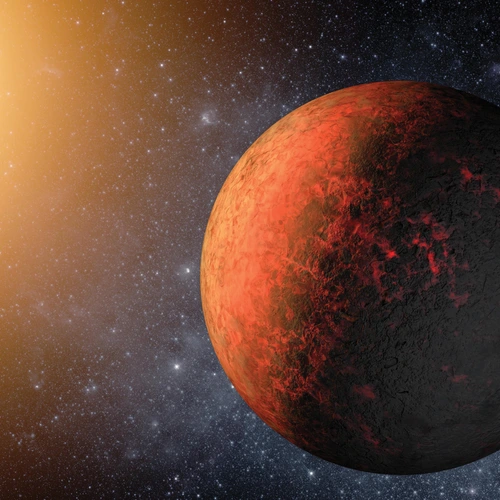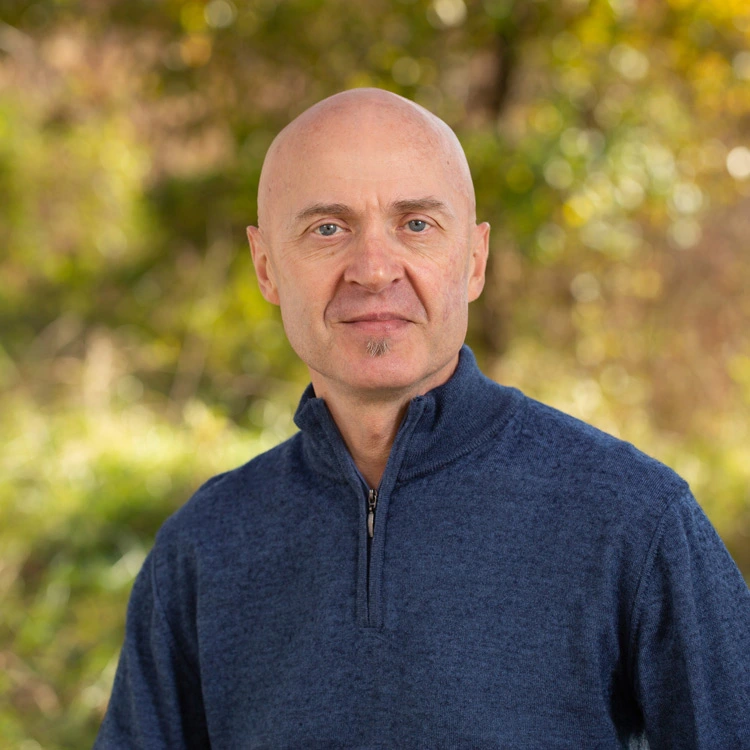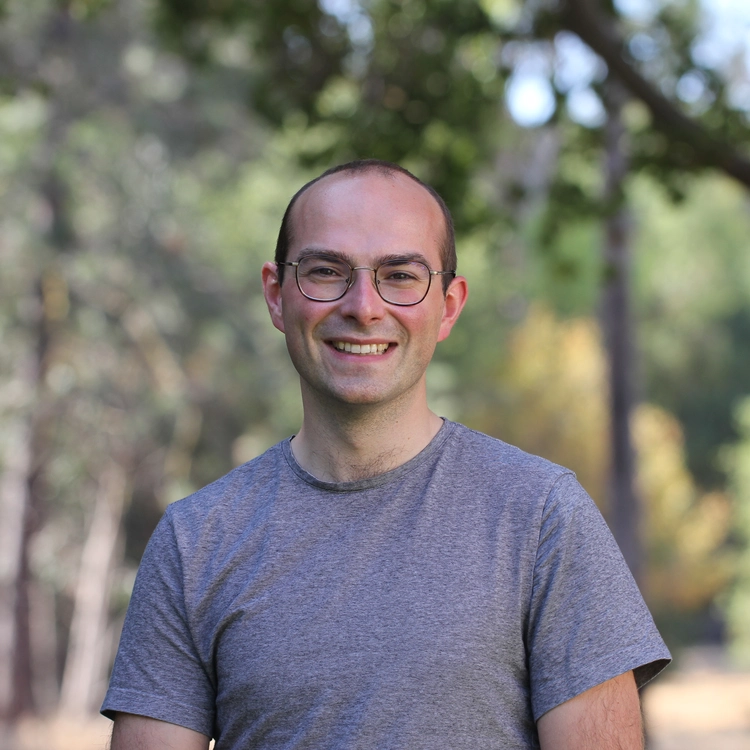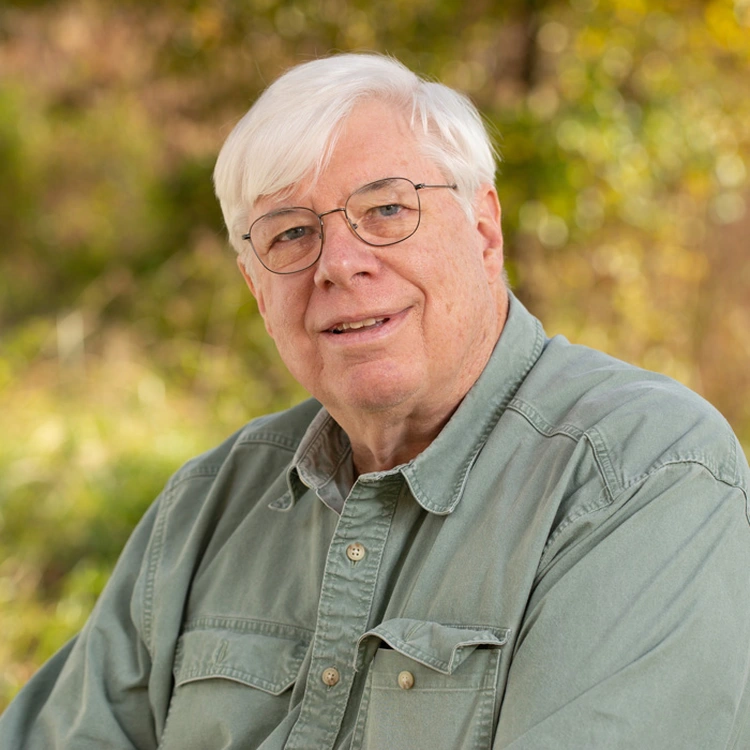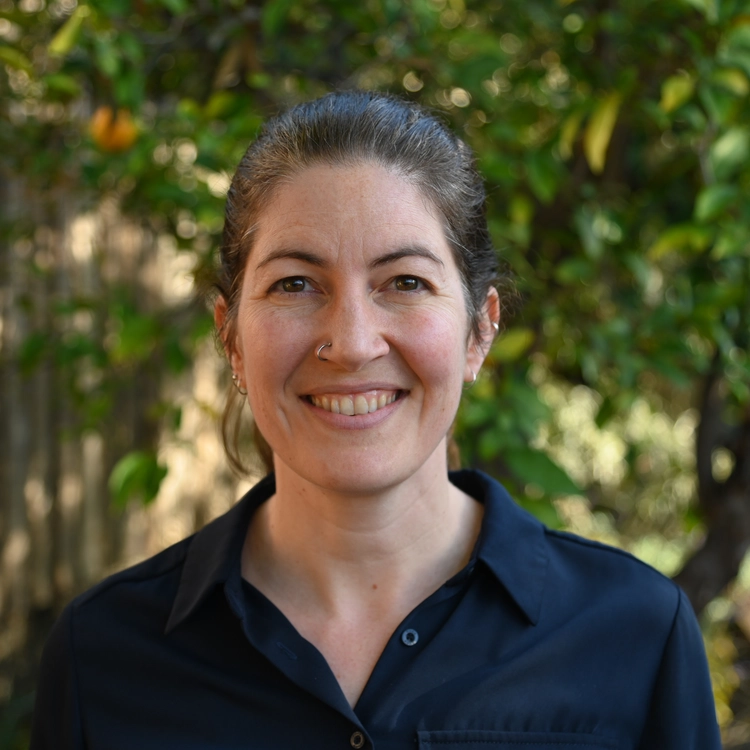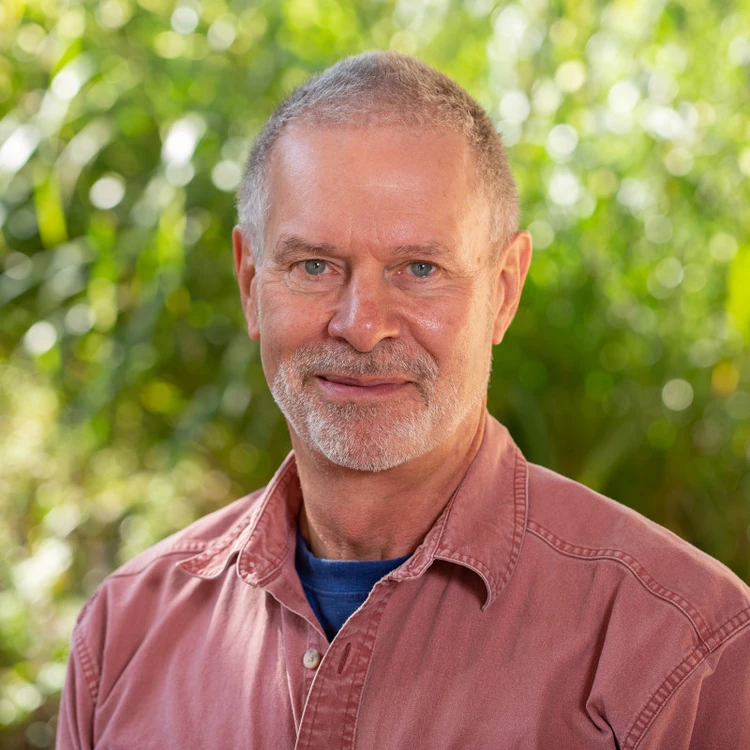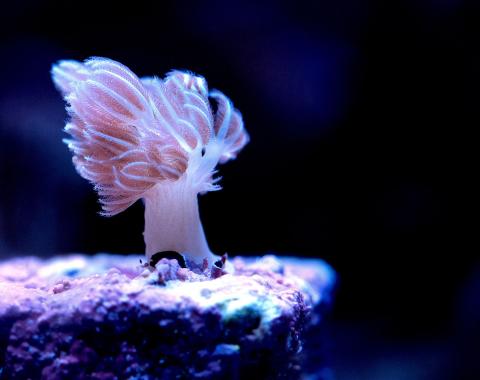Life on Earth to Life Elsewhere
From teeming biodiversity hotspots to inhospitable environments where resilient microorganisms thrive, life has reshaped our planet. What can it teach our researchers about searching for signs of life on distant worlds?


Co-evolution of Planetary Atmosphere, Climate & Biosphere
Life on Earth was born of its unique geology. In turn, organisms have transformed our planet. For instance, the ancient biological innovation of photosynthesis allowed the vast diversity of life to fl ourish. Today, microbes, plants, and human societies continue to have a profound impact on life on our planet. Carnegie scientists who work at the interface of biology, community ecology, and Earth System science are uniquely poised to answer some of the most pressing questions about sustaining life on Earth and the possibility of life elsewhere.

Patterns & Mechanisms From Molecules to Ecosystems
It’s been said that the 21st century is the age of biology. Genome-enabled research, coupled with other new technologies, allow us to probe in unprecedented detail the unending diversity of living organisms and their dynamic interactions with each other and their environments. Carnegie biologists study a variety of microbes, plants, and animals. They are uniquely placed to integrate studies that span from molecules and cells to organisms, populations, and ecosystems using diverse approaches, including fi eld biology, molecular analyses, and mathematical modeling.
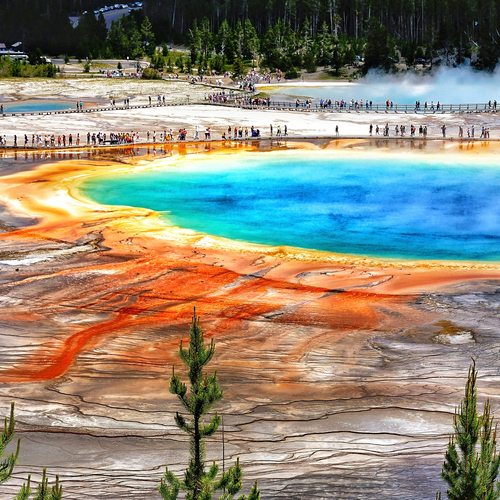
Life Across Diverse & Changing Environments
Carnegie scientists study how living organisms survive, compete, and cooperate in a broad range of terrestrial and aquatic environments, including extreme conditions found in the hot springs of Yellowstone National Park and volcanic vents on the ocean fl oor. Their work uncovers how organisms and communities adjust to fast-changing conditions, including how species can be resilient in a warming world. Their efforts could inform the search for life on ocean moons like Enceladus and Europa.
Our Strategic Scientific Framework
Our Blueprint For Discovery—connecting universal building blocks to planet formation and the evolution of life—taps into Carnegie’s tremendous potential for transformative discoveries that will unlock the secrets of the cosmos.
The chemical makeup of a star can influence the composition of its planets.
Astrobiology is the study of how life emerged on Earth and how to search for it elsewhere in the universe.

Biological processes, like photosynthesis, produce chemical fingerprints that can be seen from space.
Related Divisons
Carnegie's newest scientific division, Biosphere Sciences & Engineering, is devoted to disrupting the traditional, siloed perspective on research in the life sciences and pursuing an integrated approach to solving some of humanity's greatest challenges.
Learn MoreDrawing on more than a century of science, our multidisciplinary department discovers exoplanets, creates new materials, illuminates Earth's inner workings, and seeks to better understand the universe that is our home.
Learn More
